Leaderboard
Popular Content
Showing content with the highest reputation on 12/22/2020 in all areas
-
This is one of the best swords I have listed for sale here. Etchu (no ) kuni Kunihisa is one of the best smiths of the Uda school and was a student of the great Nanbokucho Ko-Uda smith Kunifusa. Kunifusa himself was a Norishige student and produced spectacular work (as seen in my formerly owned Kunifusa wakizashi which recently resold here). This Kunihisa katana shows a lot of that same quality, with a spectacular gonome-midare hamon having areas of togari-gonome with kinsuji & sunagashi everywhere. The hamon breaks out into tobiyakai, some of which extend up to the shinogi. The blade measures 2 shaku 2 sun 6 bu (68.5cm) with a very deep sori. It has a top class niju-kinkise habaki and is in shirasaya. There is a beautifully executed kinpun-mei (gold lacquer signature) with great color. The NBTHK issued a kanteisho affirming the attribution on the nakago. This is a really great sword, with wonderful workmanship and old attribution to an excellent smith upheld in the present day. Whoever buys this is going to be very, very pleased. SOLD6 points
-
Hi Piers, I am well over 30 years in to this (actually I think now 40) and am still trying to get a handle on it. Fortunately I have convinced myself the journey is far more important than the destination, otherwise I would be hugely disappointed to realise at the end of the trip I still know so little. I think the shape discussion is as Michael suggested worthy of separate discussion but I wonder if there are two different factors at play as we talk about it. Books tell us to look at shape first. I think primarily because it may offer indicators of the likely age of a blade. The second reason is to determine whether it looks good. That is a much harder to define aspect but I am guessing first and foremost has it been messed with resulting in an unattractive shape and secondly does the overall look deliver the features the observer finds attractive. As suggested above by John the sugata acts as a frame for the work it encloses and needs to be in harmony with it. If it looks wrong it throws everything else off and detracts. So I look at the shape, admittedly briefly at first, simply to decide for myself if I like it and if not I would, rightly or wrongly, be tempted to move on. Provided there are no major issues with the shape then I move to hada and this is where my main focus is. If the sugata is the frame then the hada is the landscape with its numerous intricacies and features. Whatever is formed here then goes on to effect the activity within the hamon. As the dear late Michael Hagenbusch said and I have often quoted "Jigane is the key"4 points
-
What is readable is 江州住 Koshu ju On the other side was probably written "Soten", it looks like a cast copy tsuba from Meiji period4 points
-
3 points
-
3 points
-
Considerations Part Two If I am taking part in the Kantei gatherings, I generally follow the advice/procedure, to bow, pick up the blade and look at the sugata first. Then check the mune, the jihada and the kissaki and boshi. Finally the hamon and interactions with the hada. Replace and bow again. All of that before the buzzer goes. Later we get a chance to see the nakago and Mei. But how much have I really enjoyed the blade during that time? A bit like the tea ceremony, I suppose. Pressure. My teacher will sometimes ask me afterwards what I remember and what I enjoyed. In a less formal setting my eye will be caught by something special as I draw a blade from the sheath. (Or not.) To be able to trust that gut feeling, I know that I must study more and more. I guess on the battlefields of old, the enemy would see the size, the taihai shape and the flashing of reflected sunlight of the raised Tachi running towards them, among the hoko and naginata. To them that is what they would look for, or look away from. One customer at a sword shop told me over coffee that you need thirty years of study to develop an eye. To tell the truth, I am a slow learner and I do not have thirty years left. It seems as if those thirty years still stretch ahead of me. Still, step by step one gets to Rome. Some of the exceptional descriptions in the previous posts have struck and excited chords inside me! Many thanks.3 points
-
I wanted to pick up on a point made by Michael S and expanded on by Bruce in the "secret of success" thread. I am not sure if this is the right place or even of great interest to anyone other than me but I would value some ideas. One of the challenges any sword society or study group has is engagement and it is the task of those who organise various events to try and ensure they are addressing the needs and interests of their audience while at the same time trying to broaden their perspective by introducing new, related, material. There is little point in a master chef who specialises in creating the best steak dishes in the world discussing their finer points with the national vegan society. Likewise if the interest of a particular sword group is blades from WWII there may be a less enthusiastic response to a discussion on Kamakura period work. ( I mean no disrespect to either vegans or WWII sword collectors). I would be very interested to have some answers to the following questions: 1. When looking at a sword what are the primary and most important things that you look for. Not what do the books tell you you should look for, but what is it within a blade that peaks your interest and increases your pulse? 2. In presentations and discussions about swords which are the most difficult features/ideas to understand? 3. Given the opportunity to sit down with smiths from the past what are the questions you would most like answered? Hopefully thinking about these may focus thinking a little and help one understand why they like what they do. It would also help those who try and make sure what they are presenting is relevant to their audience. Thank you in advance for any ideas shared2 points
-
I noticed the thread " What do you look for" and couldn't help but think, yes, a nicely shaped sugata, beautiful hamon and hada, signed, in polish, etc. All of the swords I am in possession of are from inheritance, estate sales, antique stores, pawn shops and flea markets. I would prefer to own a 15 or 20 point, relatively unknown smith, as a 100 point rated smith only to discover it was gimei. ( I know, buy papered ) My passion is to rescue a few swords here and there which may have been collecting dust on the upper self of a shop for the past 30 or 40 years, and find historical value in most if not all nihonto . I can't help but think what a swordsmith or samurai in possession of such would think of their sword waiting for years to have someone save it from it's present fate. I do not believe or disbelieve a sword has a spirit, but there are many, many that do. This is my most recent rescue, it was 40 yrs. collecting dust on an upper shelf of an Army surplus and militaria store. Dave M.2 points
-
Thank you as well Mr. Hennick. I have a garage full of deer antler and decided on bone. Very happy Stephen pointed out the rust, it was a bit more serious than I initially thought. Worked on it until it felt smooth, applied high quality sewing machine oil. I'm sure many miss your good friend Arnold... Best Regards. Dave M.2 points
-
2 points
-
Hi Bruno This is exactly what I was looking for I spent some time looking on the internet but no success. Sometime I wonder how you guys find what is hidden to me and among other Dale is a great digger This is what the link says Iron sukashi tsuba, round shape with slightly rounded rim. Size is 77.5 x 76.5 x 0.5 cm. Looks mumei. Tsuba has 2 hitsu ana and sekigane top and bottom of nakago ana. Probably mid-Edo period. The interesting sukashi design has 2 parts: (1) a monkey squatting on a bamboo branch, nicely carved with engraved detail of hair and clever face done with copper inset. (2) main sukashi feature is the 2 stroke kanji 乃 “no” (this means something like “indeed”, “fact” or “that is”). Good condition overall. Comes in quality kiri wood box. There is some hidden meaning in this design, and possibly a reference to the shogun Toyotomi Hideyoshi 秀吉. Of interest, in the kanji “hide” 秀 the lower part is “no”. Also, an early nickname for young Hideyoshi was “Kozaru” which means little monkey, which is in the design. There are several versions of this design from different schools. This one is possibly Ko-shoami school. My tsuba Although mine is mumei it has papers to state it is Kishu Sadanaga (Hoan?) 82 x 82 x 4.9mm Circa 1700 Funnily enough I'd just done a NMB donation for exactly this type of info along with my tsuba sales I wish you all a happy Christmas and New Year Grev2 points
-
Yas, It is called Sekigane.. An insert (usually copper) to allow the tsuba to fit (snugly) to the nakago.. You don't just see them in the nakago ana either.. They are sometimes fitted in sukashi tsuba around the seppa-dai to fit a koshirae (Koiguchi for example) or in the Ryo hitsu-ana to accomodate kodogu or to protect the kodogu from scratching.. The latter usually being fitted to iron tsuba and done in shakudo or gold to protect the fittings. Here is an example in the kozuka-ana from one of my Akasaka tsuba. Tsuba from Suruga often have kutchibeni style sekigane that are fitted as part of the tsuba aesthetics. This is a kantei point as well. Barrie.2 points
-
2 points
-
Thanks to all for the fantastic dialog. If my translation of the cutting test mei was a fumbling mess I apologize and it only makes me more pleased that this has spawned such interest and discussion. A part of my theory was of course that the cutting test was done by Jiro Yoshimune. I simply Google searched that name and up popped "Tokugawa Yoshimune" and the accompanying data. Perhaps a bit of misplaced optimism but it did pull my theory timeline together nicely. Jim2 points
-
2 points
-
Dave, At first I thought you said that in jest, but the more I think about it after reading the legend and it’s meaning the more I wonder if the soldier actually was given that string by his loved one before leaving for the war, and he tied it around his saya! Makes for a nice story though doesn’t it?2 points
-
I would like to add some guidelines to those (especially newcommers to the forum) intending to post asking for advice: It was recently mentioned to me that some people may hesitate to post opinions on items due to the fact that they are unsure if these will be used in descriptions for commercial listings. We know and verify many of the members here, but there are many new members who might only post once or twice about a certain item. For these members, I would like to ask if they would please mention in the post if the subsequent replies will be used for commercial gain or info in an item's sale. Listing an intention and asking permission to use any info gathered would be the correct thing to do. Many members would feel uncomfortable if their non-verified opinions were used as fact when describing an item for sale. For this reason, I would ask people to please mention if they intend using the info for an item that is going up for sale. These concerns do not apply to those just seeking info on an item they own, or one they intend to buy. Please keep this in mind when requesting information and translations. Here are some other brief guidelines that will help with posting: *Use the search page to look for similar topics that may already have been covered. *Check out our FAQ' s and How-To forums for the answers to many questions about posting pics *Post in the correct forum - thats where the topic experts hang out! *Don' t post the same message in many forums...It will not attract more attention, in all likelyhood, it will make people ignore it *Please maintain relevancy in the post - if need be, please start a new thread *If a problem is perhaps browser related, test in another browser and let us know the different results. *Be short but descriptive in your subject. It is sometimes not a good idea to start a reply in the subject line, as it is often overlooked. *Provide a URL where applicable. Just cut and paste the link, and it will be automatically converted to a clickable link. *You will need to be registered in order to post. *Please remember that the forum rules state that you should sign (all) of your posts with an initial and surname or vice versa. *Use the pm feature to continue a discussion when it goes off topic. That should cover most of it for now. No new rules, just a bit of common sense. Regards, Brian1 point
-
1 point
-
I'm shaking the money tree with all my might....but being winter, the tree is bare...:{ Mark1 point
-
Hi Angel, Showa Ju Ku Nen Hachi Gatsu Kitsu Jitsu. Showa 19 year 8 month lucky day. A lucky day in August of 1944. Note: I may be off a bit on the kitsu jitsu part. Grey1 point
-
If you look closer the cutting test is inlaid in gold as usual, does not look like Kinpun Mei at all. @Jim Manley can we please see the Kai Gunto mounts as well?1 point
-
This to me looks like a particular kind of kuyō called ja-no-me kuyō (hollowed circles instead of solid circles). https://kamon.myoji-yurai.net/kamonDetail.htm?kamonName=蛇の目九曜 The habaki is signed 越前大掾源長常 - Echizen Daijō Minamoto Nagatsune. Family name was Ichinomiya. It is certainly an exquisite habaki. The sword looks nice too.1 point
-
Looks like the mountings is missing a proper guard and someone has fashioned a replacement? That and there's a brass screw that looks out of place. A good find regardless!1 point
-
1 point
-
1 point
-
1 point
-
1 point
-
1. I really enjoy looking at the hada (especially when it has that wet, 3D appearance), but honestly I also really like looking at the 'hamon within the hamon'. All the 'other activities' that make up a basic hamon that you really have to look for and study, and how they interact, play off each other, and move within each other, especially in suguha where they can be very minute and reserved and difficult to see at first. 2. The 'color' of steel that is mentioned and I just don't have a clue yet. Blues and blacks, etc. I have read that you need excellent examples of each type all laid out at the same time to really compare and contrast to learn, and I just have not had that opportunity. To pick up an individual blade and say "the steel has a blueish hue' is currently beyond me. 3. Well... to be boring (maybe?)... the gimei/mumei issues we all deal with and whether or not all the reasons we believe swords are gimei/mumei are accurate.1 point
-
Obviously there is! The answer to [a] is supposed to be sugata, that's what every book says. I was puzzled by it for a long time, since unless one goes for Shinkai, in shinto 500$ and 50,000$ sword tends to have the same sugata. I feel the reason is actually many real collectors in Japan, just a very personal experience, don't collect anything save Heian and up to mid Kamakura, plus Kotetsu, plus Kiyomaro. Things which indeed have a distinctive sugata. Regarding [c], I can say that I have/had good relationship with traditional seamstresses, paper makers, lacquer makers. It gets a bit more difficult with painters and netsuke carvers. Yet I never managed to have anything as pleasant with any swordsmith or polisher or even sword dealer. With a few exceptions in the last category. The reason is that compared to all other crafts, sword people are horribly arrogant. Add to this that crafts, polishing is a very good example, can be not particularly tasking on the intellect. Polishing requires a more boredom-insulated, meticuluous mind, most people who do it in real life with great difficulty advanced to a junior drill sergeant level. Contrary to what every polisher-written book states, a solid portion of those that are actually not bad in their craft, still can't kantei at the very basic level. Actually, all insane-level kantei I ever heard came from polishers. So I actually have great reservations about what one could have learned about sword history if one were to sit down with say, Sukehiro. Its like there was a smith lineage in the Middle East whose great secret was that they excelled in the technique of storing barely forged billet in excrement. They had a detailed understanding regarding how to select the said substance, which temperature/place/season works the best. And what do we learn from that? Today it produced quite a few "traditional" swordsmiths claiming with such treatment they can produce a nitrogen-alloyed steel, superior to everything ever made etc. etc. etc. The problem is nitrogen steel is a mythical beast - it has miracle properties in first principals calculations, but has a lifetime of a few seconds. Connecting the "secret craft knowledge" to real life metallurgy is actually very difficult. Never use water from this river, never use charcoal from that area can mean a lot of things, and sometimes it just the result of someone simply getting randomly burned when trying to do just that.1 point
-
1 point
-
You are one lucky Gendai collector Brandon, if you ever come across a Sukehiro again let me know 😊1 point
-
George, Yes you are absolutely right I am a blade person and my understanding and I am afraid to say appreciation of tosogu is sadly lacking. But certainly the thought process is equally valid and I would love to hear similar views relating to fittings (possibly in a separate thread). Thank all for your answers so far. As one might expect there are considerable difference but also so re-occurring themes which need to be thought about. I think one of my big problems is that I tend to look for black or white solutions when in reality much of what is said and described falls in the grey area in between. A clear example of this is in Nagayama where he describes all hada with the exception of Soshu as mokume. Soshu is the only one he describes as itame. Today virtually everything is defined in a variation of itame. For the record my own answers are below: 1. I look at shape first, as I have quoted often before if the shape is bad it is a bad sword. If the sword passes the shape test then the focus shifts to Jigane. Quality and activity within the hada( as so beautifully described by Chris) are the things that really get me hooked. 2. I also struggle with utsuri. The truth is we don't see enough good examples in the west. When you do it is obvious and stands out as a thing of great beauty but this is all too rare outside of Japan. Also definitions of utsuri type in books is often vague and contradictory . 3. How do you know when to stop? with the very fine and tight ko-itame hada I love you feel the smith is maybe one more fold away from totally losing all hada and creating a bland grainless piece of metal. But they don't and the result is perfection.1 point
-
I honestly don't know why I love the blades, but what I love most is the STORY. I love to hear and read the stories of the smiths, of the carry-ers of the blades, of the times surrounding the making and the using. My almost compulsive focus on stamps is not about the stamps, but really about the WHY, which always leads to stories of the times, people making decisions, etc. History.1 point
-
1. Is the work presented as a "whole" - if Shinto, do the shape, jigane and hamon all present this idea - is the work of the smith consistent from end to end or does one feature look off, out of place, weak or too conspicuous? 2. Jigane - the differences, the qualities. Also polish - what makes a good polish. What are the different styles and how do they present the work in different ways. 3. I would want to know where did the Soshu smiths get their satetsu and how did the Bizen smiths create utsuri and what was the thinking behind it... -t1 point
-
I'd look for equal effort for the "tosogu" members (who could become the majority in the future...) Just to be clear, Paul, you obviously do a great job and this is not any kind of criticism (and yes, I know this is in the Nihonto section), but I often feel like almost everyone is focused on the blades and tosogu are an afterthought (or the redheaded stepchild) in many of these organizations.1 point
-
1. Something extraordinary in the deki: Ko-Nie like shimmering diamonds, Utsuri like an aurora borealis, Hada as moist as the the reflection of a still pond in winter, thundering Inazuma circling in and out of clouds of icy nie, Starlike tobiyaki illuminating a moonless sky. Something in the blade must leave me awestruck, beauty beyond human comprehension. Then the story: the provenance, a koshirae, an old family mon, ancient tags, remnants of a romantic past. The combination of both is what I find most appealing. 2. Utsuri. Just haven't seen enough of the more subtle types (e.g. Bo, Jifu, etc) and especially how utsuri interacts with condition. 3. I would ask Masamune to call Kirill (but do tell us more about your ideas)1 point
-
1. Looking at the sugata and estimate age. At surriage i try to imagine how it must have looked once to understand the sugata. Then i check if the nakago condition could match my estimation. Then i check the point where yokote, shinogi and koshinogi meet and i look at the shape of the kissaki and the boshi. After that i check the jigane and hamon. In the jigane im looking for a distinct style that can be interuppted if still well forged. I think the hamon should have a well designed pattern that makes it a good weapon or a mirror of the artistic personality of the smith. In my opinion the shape shows the skill of the smith while the jigane shows his passion and the hamon his personality. A good blade should look well designed from far and have enjoyable hataraki. 2.Good shape 3.I think most of them are happy we only know their works.1 point
-
Paul, that is indeed the way it is done. TAMAHAGANE pieces are forged out into flat slabs of about 5-6 mm thickness, heated up to 800°C and quenched in water. Then the smith puts them over a hollow tool (you cannot bend them over the anvil edge) and hits them with his hammer. The results classified the steel pieces as usable for the HA (hardenable) or for the SHINGANE. Concerning your three magic questions: 1) I look for the SUGATA first, and if the blade has KOSHI ZORI or TORII ZORI, O-GISSAKI and one or two (!) BOHI, I am hooked 2) I have difficulties remembering the typical features of many schools that are not so familiar to me 3) I would like to ask the smith to allow me to see him working. As he did not know about metallurgy, I would have to follow the same path as his apprentices: Watch closely what he does and how.1 point
-
Paul, thank you for the interesting questions you posit and I hope they engender a thoughtful discussion. Personally, what I look at in a blade first are the hamon and then the jigane and then the boshi. Frankly, when kantei-ing, we know one should look at sugata first, but I am afraid this is valid mainly for ubu swords. As I am interested in Koto and Heian, very often the swords are o-suriage and the sugata is radically changed. Of course, if I am being regaled by the likes of Kurokawa San of Sokendo or Saito san of Seikodo etc, then I could look at ubu old blades. Bu here the discourse is not about the academic approach and kantei but what enthralls emotionally first and foremost. For me, a beautiful hamon rich in hataraki is the most vivid artistic expression of the smiths and the feature which captivated me most. I would like to ensure that the jigane is skillfully rendered in my favourite mokume (could be komokume and koitame mix) and again that it has soul - variety, richness, vibrancy. I can appreciate both o-hada and ko-hada, as they display different aspirations of the smiths. Difficult to understand.... Frankly, have been looking a lot at / studying utsuri, so not so much this anymore. I would say non-common schools and non-gokaden offshoots. Also the blend of traditions that all got mixed up in Shinto / Shinshinto period. There are a lot of smiths who emulated earlier periods and experimented with all styles and den.. but frankly lost some individuality in the course. Sitting down with smiths of the past: here I would delve into their recipes for utsuri , starting from KoBizen and KoYamashiro through Bizen, Rai, etc and also what made them choose the hamon they forged on the blade - how did they weigh the components tradition, own taste, imperative of war, performance?1 point
-
#1: Hada and Hamon. I used to look at Hamon first, now Hada is the first thing I look at. Then, I’ll move on to sugata and hatakari. I don’t care about the mountings. #2: categorizing swordsmiths that vary from their own school characteristics. Although this would be if I ever had had the opportunity to take part in a presentation! #3: can you sell me one? No more seriously I’d simply be curious to follow the whole process and marvel at this kind of chemistry that turns ferrous sand into a masterpiece.1 point
-
#1 The shape of the blade. It the shape is poor then the rest doesn't matter that much. I never did like the shape of Kanbun Shinto blades; a close second is the hada. #2 It took a surprising number of years to really understand the different types of utsuri and appreciate antai. A blade by the Nagamitsu helped to turn the corner. Amazing utsuri. I can still see it in my minds eye, even though it was years ago. #3 I would sit down with one of the early Awataguchi smiths and discuss hada and hataraki with him. The steel has to be excellent but what came next. If one was not available I would want to chat with Norishige...1 point
-
1. Consistent and healthy jigane, bright hamon with lots of hataraki 2. correctly estimate the period especially for o-suriage blades 3. how many blades he created until he reached his peak form. What is most important in the production of a blade for a perfect result1 point
-
John, An anecdote told to me many years ago about sorting steel. I can't remember where or by who but we were told: "The Smith using his yeas of experience and great skill sorts wafers in to different hardness's" I said "yes but how?" the answer was he put them over the edge of the anvil and hit them with a hammer. If they bent they went in to the soft pile if they broke then in to the hard. Not sure how accurate it is but it does help to debunk some of the mystique and hype that can grow around a very practical art form.1 point
-
True story time. About three years ago I bought a sweet little iron Bashin from a dealer, in the shape of a bamboo stalk. He assured me that it was the work of Yanagimura Senju, the famous Kinko and Horimono-Shi (who passed away not too long ago). Sadly it was not signed. I was proud to be buying something created by Senju Sensei, especially as I had once owned, and stupidly sold, a Chiisa-gatana with a superb horimono by him. Through an intermediary, I contacted his son Soju who continues the workshop and asked if he could certify it in some way. He and his mother both clearly remembered the piece, but he would not insert his father's Mei. He kindly wrote a cover letter acknowledging its provenance, but he did not want any payment. I gave him a bottle of good Scotch whisky in thanks. Then I discovered that they had put another little handy knife into the box, which actually did carry the signature of his father!1 point
-
Great work on adding those arsenal stamps to the Gallery @Bruce Pennington Awesome examples. I was torn between adding an album for each type, and then in there adding multiple pics of each type. But I think you made up my mind for me. One very good example of each is enough. We are trying to get a good reference gallery, not to accumulate as many examples of the same ones. So one or 2 good pics of each is good. You chose good ones. What you can do (or anyone else) is to add any description or explanation as a comment. Not much needed to be said, but for example under the Star stamp, I added a brief explanation. Well done.1 point
-
A few folks have been asking for a cover page and an index of pages for the Stamps Doc, so I've done it! Version 7.0 includes my discovery of something Slough had known all along - the Yasugi Steel Co. stamp which is found on the blades of 3 smiths so far: Kanemichi, Katsumasa, and Masafusa. Sorry for so many edits. But that's the beauty of digital documents, the new one's can simply replace the old ones on our devices! The new version is posted on the NMB Downloads page here:1 point
-
1 point
-
1 point
-
Time for me to show my gendai Ishido Teruhide mei with kao. Not sure if it would be considered 'high-end' but I absolutely enjoy it! Photographs are realy hard to take of blades, I hope the sword and the pictures speak for itself The sword has a fully hardened kissaki(ichimai) if I am correct, hard to tell from pictures.1 point

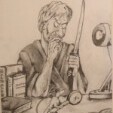



















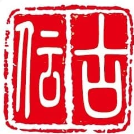
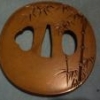

.thumb.jpg.d911c8b7d48bf666ebb349a637821954.jpg)
.thumb.jpg.6a3b40b6fc59ec720ec1f41a75fba998.jpg)
.thumb.jpg.6bf6d75267bca2b2f5abdc6eab10eac5.jpg)
.thumb.jpg.ae7ce60ad1c893a91da6a7da2195e2d5.jpg)
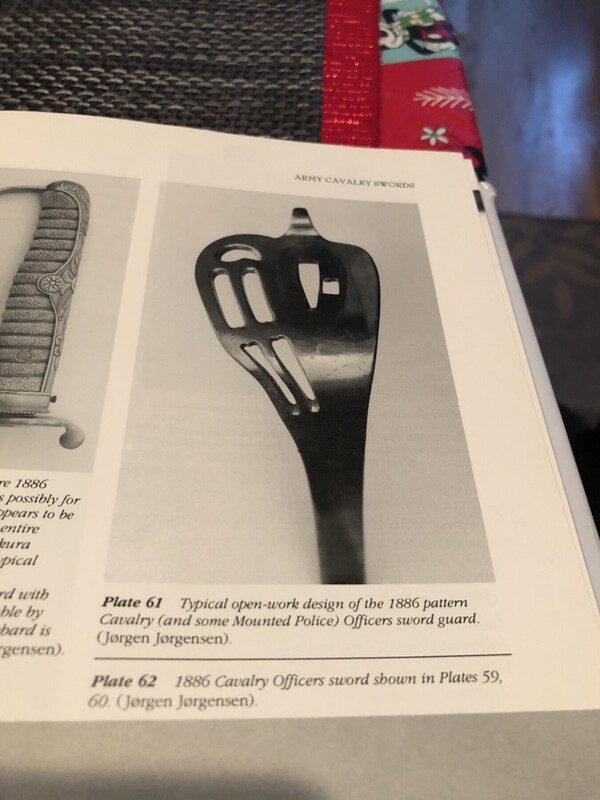
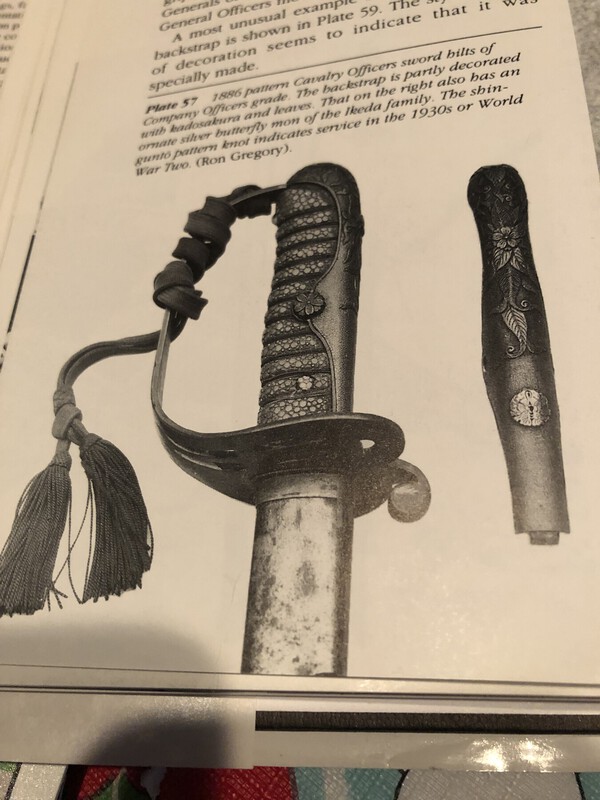

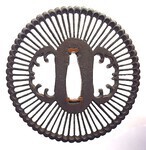
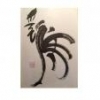

.thumb.jpg.5034c1c7c88090905baa35547a7fa3b9.jpg)



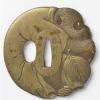
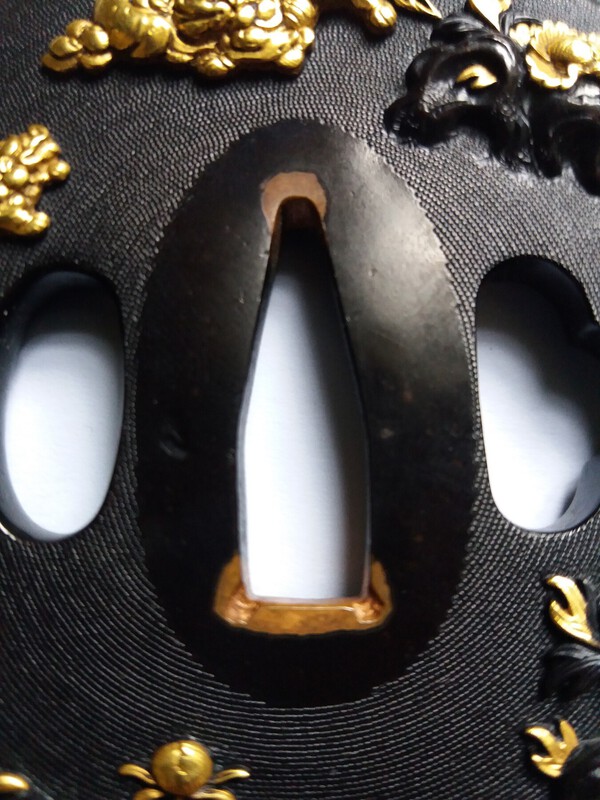




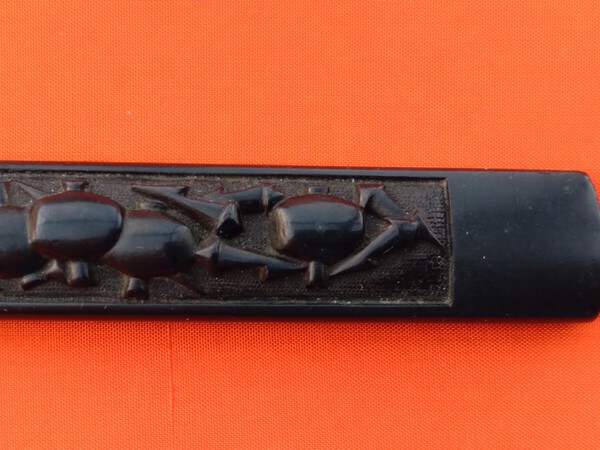

.thumb.jpg.efa9b0e7f6c238a8b62a33d451a13cd2.jpg)
.thumb.jpg.de1a057a4aeb214843996c5661398592.jpg)
.thumb.jpg.059b9fc8b9afb3b20d5083c9562e0960.jpg)
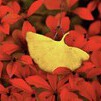
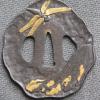
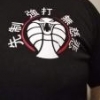




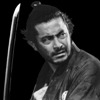







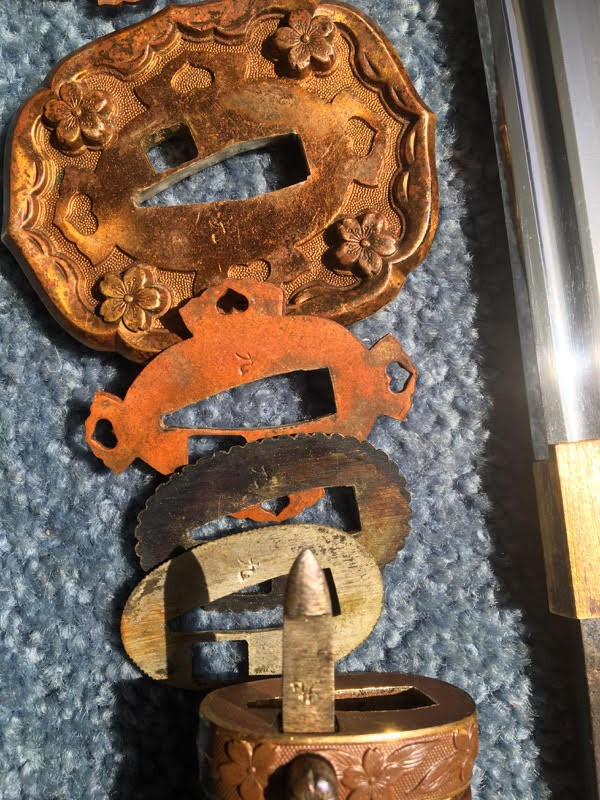






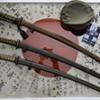



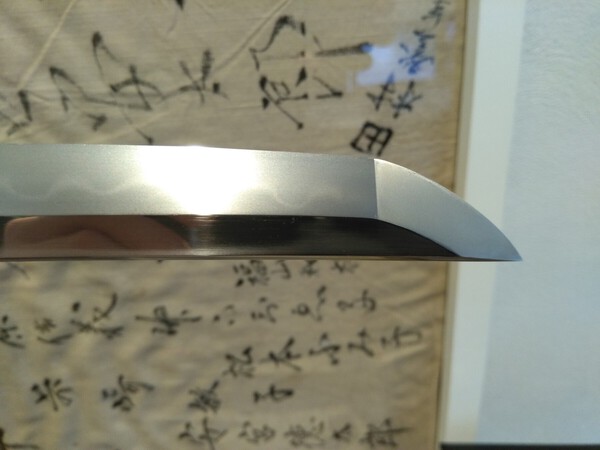
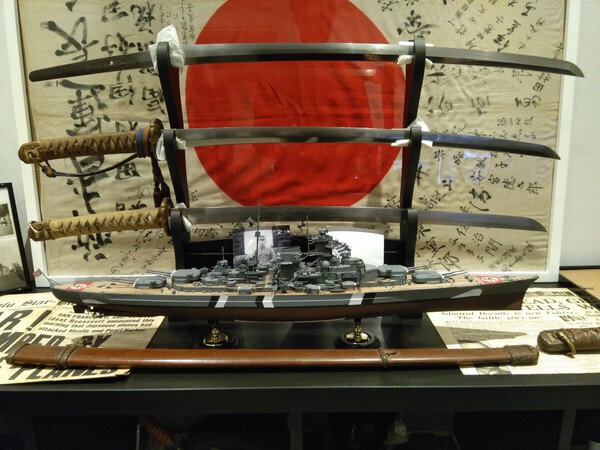
.jpg.5feb453c21a10e2be44f94aea7234137.jpg)